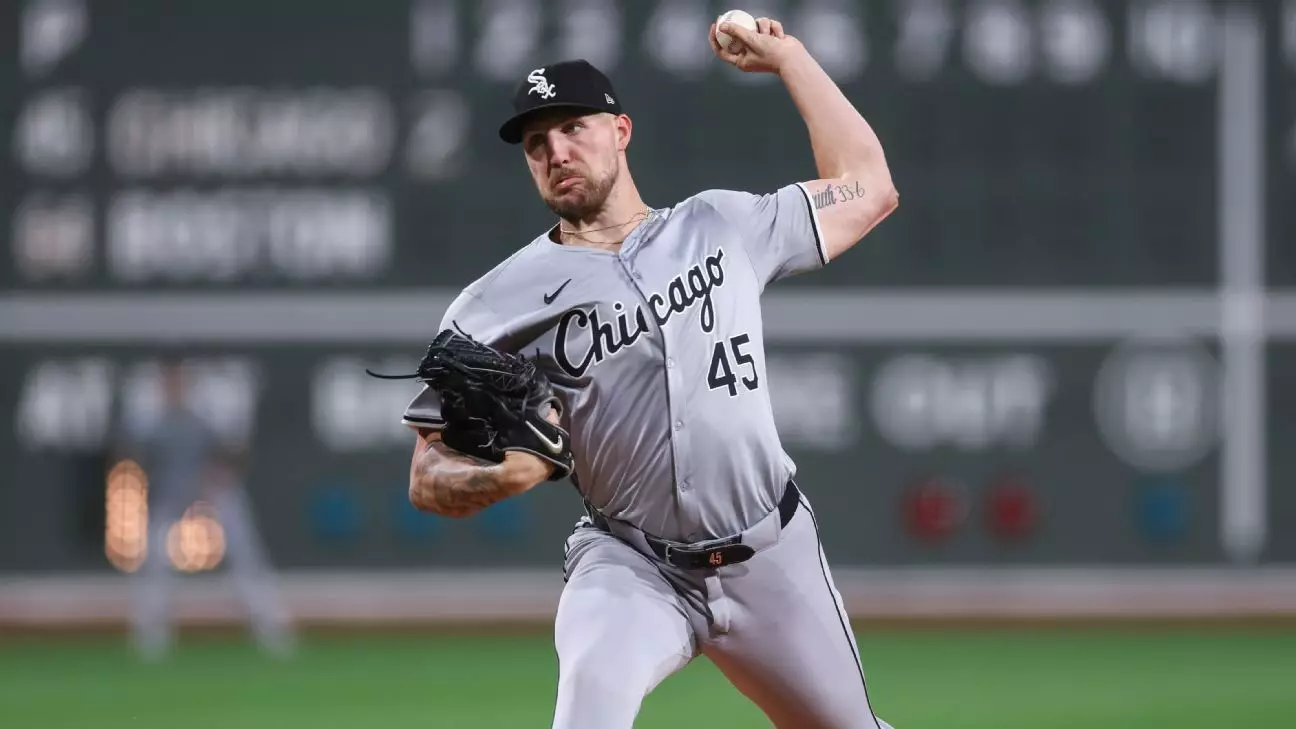In the wake of a dismal 2024 season, the Boston Red Sox are reimagining their pitching strategy for 2025, contemplating a six-man rotation to bolster their pitching depth. This shift is driven by past struggles, as last season bore witness to the team grappling with injuries and underperformance in the starting rotation. Craig Breslow, the Red Sox’s chief baseball officer, has expressed openness to various solutions, signaling a strategic pivot that could define the team’s upcoming campaign.
The desire for a six-man rotation stems from the sobering reality that the team experienced in 2024 when they lost two key pitchers early in the year. The decision to trade Chris Sale, who ultimately secured the National League Cy Young Award, and Lucas Giolito’s unfortunate elbow injury left the Red Sox in a precarious position, overburdening an already strained pitching staff. Breslow’s assertion that having more starting pitchers is advantageous reflects a profound understanding of the unpredictability that defines the MLB season.
This winter, Breslow has not been idle. The acquisition of Garrett Crochet, along with the signings of Walker Buehler and Patrick Sandoval, has injected new energy into the pitching lineup. Each of these players brings a distinct skill set and experience that could significantly enhance the Red Sox’s on-field performance. Crochet, notably, comes from a Chicago White Sox roster that struggled, yet still managed to display solid pitching numbers. His past performances suggest he could thrive in a more supportive environment.
Buehler, a two-time All-Star, presents a dual narrative: coming back from injury yet still demonstrating clutch performance in high-stakes games. His postseason experience signifies not just talent but resilience, essential qualities for any team aiming to return to playoff contention. Meanwhile, Sandoval’s recovery from surgery adds an element of intrigue; his potential for return could provide much-needed depth in the latter part of the season.
Breslow views these changes as a pathway to transforming the rotation from good to elite, suggesting a significant uptrend in expectations for the coming year. Underlining his optimism is the increasing depth of a pitching staff that already includes reliable arms such as Giolito, Tanner Houck, and Brayan Bello.
However, while depth is a clear theme, Breslow is also attuned to the composition of the team. An oversaturation of left-handed pitchers could present challenges, particularly in matchups where right-handed batters dominate. Thus, while the six-man rotation is under consideration, the balance of Boston’s lineup seems to be equally pertinent. The Red Sox appear keenly aware that versatility is crucial, whether that involves moving players around to fit various roles or strategically adjusting the batting order.
Furthermore, the team is not actively shopping young talent like Triston Casas, despite interest from other franchises. This decision highlights a commitment to nurturing young players who show consistent promise. Despite a rocky season hindered by injury, Casas is seen as a valuable asset. Breslow’s confidence in Casas reflects the ongoing development ethos within the organization, marking a potential shift in focus towards building a sustainable, competitive roster built around emerging stars.
As the Red Sox aim to transition from mediocrity to superiority, the emphasis on strategic flexibility shines through Breslow’s comments. He recognizes that winning in Major League Baseball requires adaptability—not just in terms of player performance and roster alignment but also in the philosophy underpinning team management. The practice of running a six-man rotation could set a precedent in baseball, influencing how other teams consider managing their pitching staff.
In preparation for the season, there will be hurdles; however, the proactive moves to solidify the pitching core are a strong commentary on the Red Sox’s ambition. The rightsizing of their roster, alongside an unwavering commitment to leverage young talent, positions Boston not just as a contender for one season, but as a probable challenger for prominence in the coming years.
Thus, the Red Sox’s strategy emerges not merely as a response to last year’s complications but as a blueprint for revitalization—one that could herald a significant turning point in the franchise’s recent history. As they stand on the cusp of a new season, the choices made now may echo in both their immediate competitive landscape and the larger narrative of MLB resurrection.

